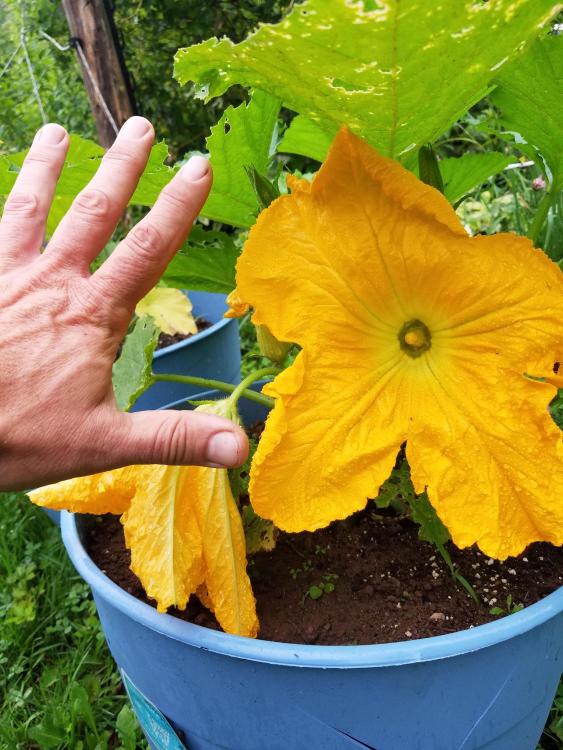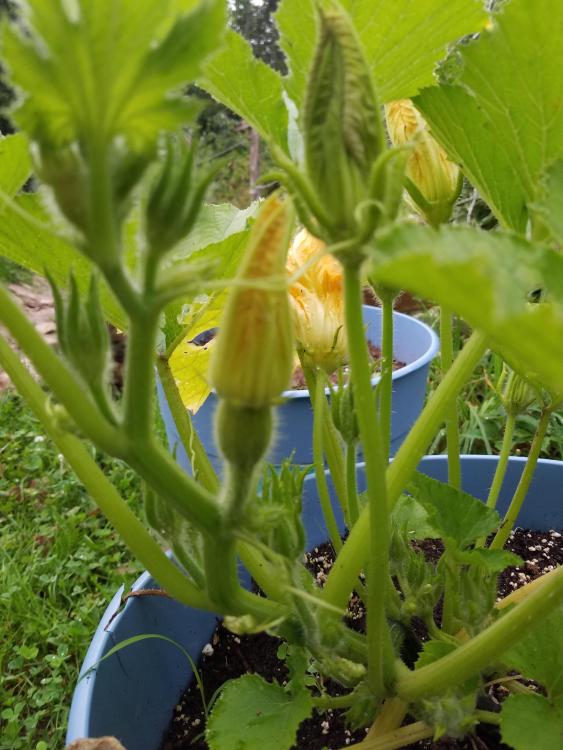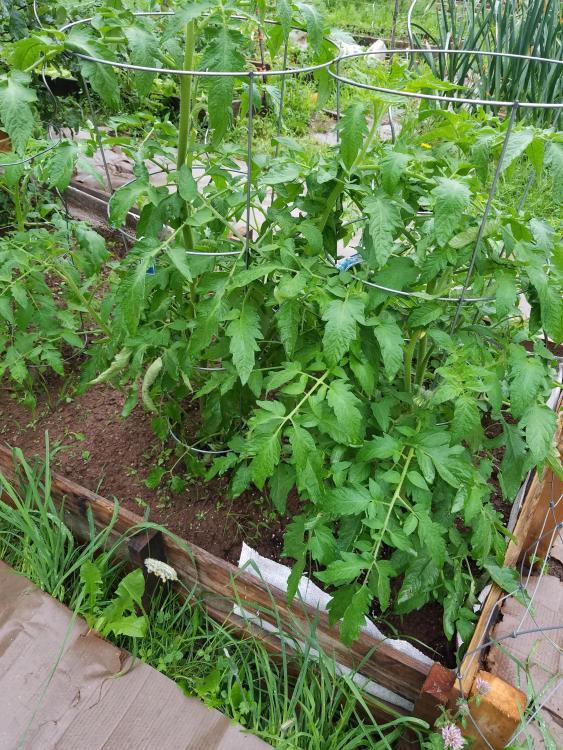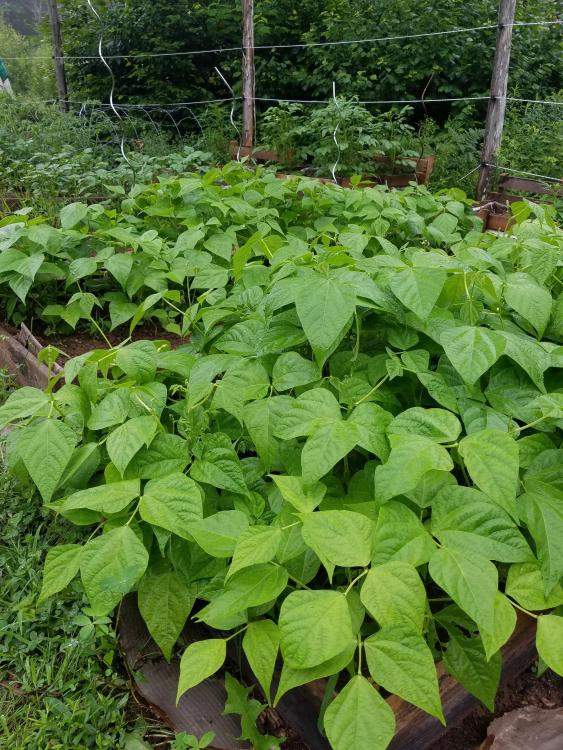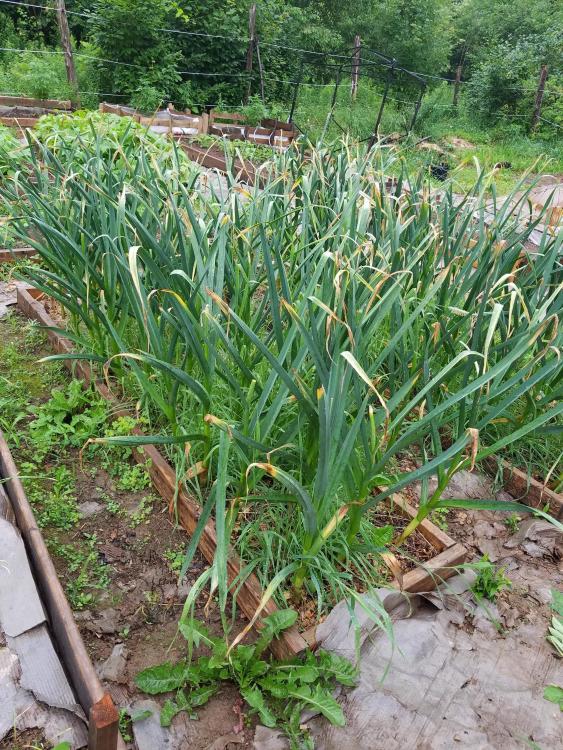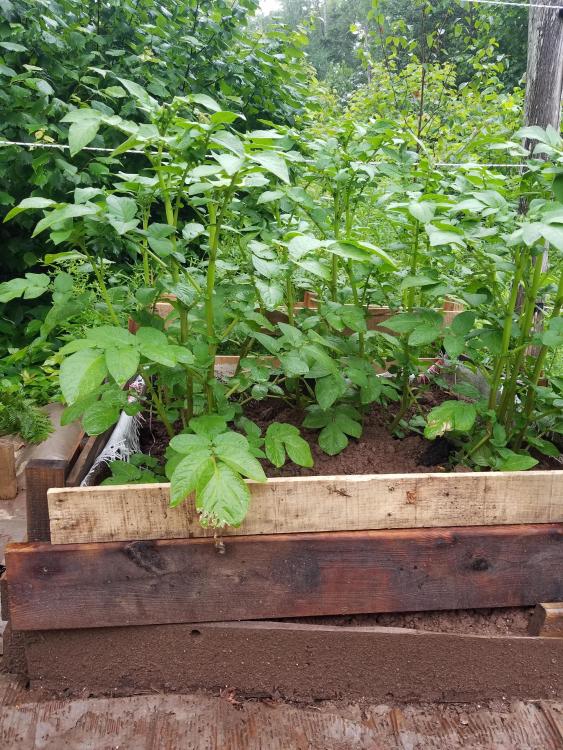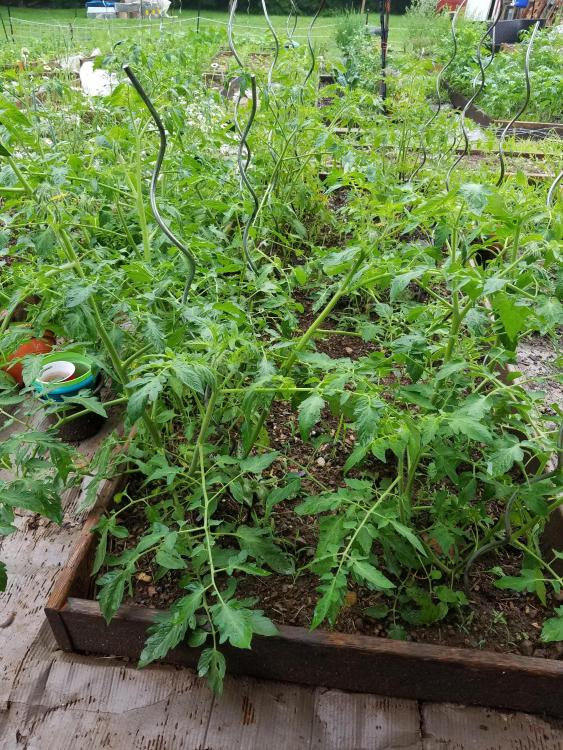-
Posts
6,306 -
Joined
-
Last visited
Content Type
Profiles
Forums
Store
Help Articles
Everything posted by chromedome
-
I could see it as a way to remove a factory coating before use? Maybe? But yeah, it seemed weird.
-
It's like that here in Canada, too. I'd read this piece just recently: https://www.cbc.ca/news/canada/first-person-stephen-douglas-trans-canada-oasis-1.6895820
-
We had those for a while in the 70s, when I was a kid, but in Canada it was called a WigWag.
-
Absolutely. The sauce *is* sweet, but not cloyingly so. It's garlic-forward when made properly, and balances nicely with the savoriness of the meat and onions (and provides the sweetness that's generally lacking in foodservice-grade tomatoes). But more fundamentally - and not at all facetiously - that sauce is the sine qua non of a Nova Scotia-style (really, a Halifax-style) donair. Otherwise it's just another take on a gyro or doner kebab. Not that there's anything wrong with those, either, but... you know... without the signature component, it's not the thing. Like coq au vin without wine.
-
I say this with respect and affection, but that's incorrect. Without the milk-based sauce it's not a Nova Scotia donair, full stop. They are absolutely a gut bomb though, especially in the oversized form that's sold in many a donair place situated strategically near drinking establishments and/or student hangouts.
-
With lettuce in it? Hell, no!
-
That's my preferred size for zucchini, tbh. They're tender and sweet, and as a defensive measure it helps avoid the stereotypical glut (you can serve 2-4 as an individual portion!). I grew Golden Nugget last year, but none of this year's starts survived the greenhouse collapse and the torrential rain a few weeks later.
-
Not the usual sort of thing I post in this thread, but it seemed more appropriate here than elsewhere: https://www.theguardian.com/world/2023/jul/20/donair-costume-canada-snack-pita-meat-controversy
-
Congratulations on that first zucchini! Mine are nowhere close (looks like I'm at least close to seeing blossoms). Your garden is the closest parallel to mine, in terms of conditions (and physical proximity, I guess), so I've been eagerly awaiting each post to see how things are progressing down your way. I've had a few harvests of lettuce though less than I'd expected, because my second planting got wiped out by an untimely rain (third planting looks like it'll succeed). Reasonable quantities of snap peas, chard and kale, and as of yesterday my first cherry tomato (which went straight from the vine to my GF's mouth, six feet and a few seconds away). I'll start seeing bush beans within the next week or so, and my shell peas are beginning to blossom so they're close. Garlic is close, too. It's been a couple of weeks since I harvested the scapes, so I'll be keeping a close eye on them for another week or two until I think the moment is right. I'm just now getting blossoms on my Roma and slicing tomatoes, so they're still a month away at least. Potatoes are going gangbusters and need to be hilled again. Broccoli should start heading up soon as well.
-
I used to live in Chilliwack, and it spoiled me for store-bought corn. I don't know if it's still the case, but back then (beginning of the 90s) farm kids would get their spending money by filling the back of a pickup with corn and selling it dirt cheap and just-picked, from the side of the road. It's something I eat just once a summer or so, but why not have the good stuff for that once? (To forestall the inevitable question, I don't eat enough of it to block out any of my limited garden space and grow it myself)
-
Thanks for the info, I guess the metaphorical grass is not as much greener as I'd expected. I lived in Vancouver in the 80s and remember how much earlier everything greened up, and how much later it stayed that way.
-
You may just need to manually pollinate the blossoms (see my pumpkin photos upthread). Take a male blossom, peel off the petals, and poke the pollen-bearing bits into the female blossoms. Alternatively you can transfer the pollen with a paintbrush or Q-tip. As for your second question, I don't garden in Ontario but I'm also zone 5a. The brassicas in general (cabbage, broccoli, cauliflower, etc) are good late-season options, because they're pretty cold-tolerant. In fact, in my area, I find this is about the best time to start cauliflower. They don't like the heat, and my springs just aren't long enough for them to fill out.
-
Oh, that's the longer-term plan. Right now it's still early and I'm leaving the male blossoms in place to attract pollinators. Once I have two fertilized ova per vine, they'll be fair game and I don't intend to waste any. My filling of choice is crab, but I'm sure there'll be lots of cheese-filled ones as well since that's my girfriend's fundamental food group.
-
My early tomato is Scotia, which does well here in Nova Scotia (hence the name) and NB. I've only got one or two plants this year, which I picked up at the nursery rather than starting myself. It's not my favorite for flavor, but you'll generally get 'em ripe even in years when nothing else wins the race. This year's a bit of an anomaly because I planted them a bit later than my Romas and Black Krims, so their advantage will be relatively smaller. I have lightweight frames and a roll of heavy poly that I intend to put over the tomatoes as the season winds down, which hopefully will buy me a few extra weeks (which is often enough to make a difference). I know conditions on your coast aren't ideal for tomatoes either, but I expect you get an extra couple of months between first and last frost. That counts for a lot.
-
This morning I learned that those pumpkin blossoms aren't just strikingly large and beautiful, but have a sweet scent as well. I'm very much a "stop and smell the flowers" kind of person, so I'm actually rather surprised I hadn't thought to stick my nose into one previously.
-
I'm just getting blossoms on mine, which neatly encapsulates the difference in gardening from one coast to the other.
-
...annnnd, chili garlic confit from the Delusional Sauce Company is being recalled in Ontario for botulism. Which is a shame, because that's a great brand name. https://recalls-rappels.canada.ca/en/alert-recall/delusional-sauce-co-brand-chili-garlic-confit-recalled-due-potential-presence?utm_source=gc-notify&utm_medium=email&utm_content=en&utm_campaign=hc-sc-rsa-22-23
-
Dan-D Pak raw macadamias are being recalled in BC and Alberta for salmonella. https://recalls-rappels.canada.ca/en/alert-recall/dan-pak-brand-raw-macadamia-nuts-recalled-due-salmonella?utm_source=gc-notify&utm_medium=email&utm_content=en&utm_campaign=hc-sc-rsa-22-23
-
I don't sweeten mine at all. I typically peel the stems and thin-slice them, then cut the thin slices into julienne. Once that's in the bowl I chop the heads to a fairly crumbly texture (and sometimes add cauliflower just for the contrasting color). My GF can't envision broccoli salad without cheese, but I usually cut mine into reasonably small dice rather than shredding it. I like sunflower seeds or pumpkin seeds in mine as a textural element. Used to add bacon but my poor sweetheart can't eat it anymore, so we do without. Dressing of mayo, dijon and either cider vinegar or white wine vinegar. Salt enough to balance things out (more, now, absent the bacon). It occurs to me that I have a bit of applewood-smoked salt, which might help compensate for the bacon's loss.
-
For the record, 9 1/2" span.* What you see in the background is the old original electric fence from a previous owner. The charger is buried somewhere in the barn, and I haven't located it yet. When I do I'll bring that back up to snuff/into service. The old fence loops around the back of my current garden, but the brush on the other side is so overgrown that the dog doesn't enter from that direction (and deer won't either, because of the dog). So I strung a temporary fence along the front (closing the loop, as it were) and connected it to my solar charger, which has more than enough oomph for that length of fence. *I would estimate the blossom at 7-8"
-
A few random photos from my garden, which is finally hitting its stride after a cold and wet start to the summer (and yeah, I'm in the midst of another week of sporadic rain). My pumpkin has really big blossoms: Those were taken yesterday, when I had only male blossoms on the plant. This morning I had both male and female blossoms open, and hand-pollinated since pollinating insects aren't super-active in the rain. For those who don't know the difference, here's an illustrative example: The blossoms on the right - all of them - are male, as evidenced by their skinny stems. The one in the foreground on the left is a female blossom. That bulge beneath the blossom will become a pumpkin if fertilized. I have two of these plants in large pots, and will prune back each one to just two pumpkins. They're a variety called 'Pepita,' which has hull-less seeds ideal for roasting and snacking. The pots aren't especially large for such a heavy-feeding plant, but the bottom half is all rabbit compost (ie, manure and bedding) so I'm confident I'll run out of frost-free weather before the pumpkins run out of nutrients. My tomatoes seem to be doing pretty well this year, despite my early-season difficulties (the seedlings were in my greenhouse when a high wind deconstructed it for me). On the left are my slicing tomatoes, mostly Black Krim. On the left are my Romas. I have potatoes in a couple of conventional beds, but also thought I'd try the notion of a "potato box": keep adding soil as the plants grow, and they'll keep pushing out new spuds along their whole length. In theory, you can get a remarkably high yield from a small square footage by doing this. I need to add another couple of boards' height to the box and top it up with another 10-12 inches of soil, whenever it stops bloody raining. But hey, so far so good! ...and my garlic is on the homestretch, now. It's sternum-height on me (admittedly, I only stand 5' 7", but still...) and just beginning to brown at the tips. Bulb growth is now in full swing, with the scapes having been removed a couple of weeks ago. I'll harvest them in a month or so. I won't sweat weeding these beds until I've harvested the garlic, since it's handily out-competing the grass at the moment. Then the beds will get a cold-tolerant late crop, probably kale or chard. I also have a few beds of bush beans that are on the verge of starting to produce. The green is a variety called 'Provider,' the yellow is called 'Monte Gusto,' and there's a more delicate filet bean called 'Moscotte.' The latter is the one the mastiff was snacking on. I'm beginning to see buds on the first two, but my Moscotte bed is a week or two behind. The dog-eaten stems have largely regenerated, to my relief, and aren't far behind the others. That's about half of the garden. At some point in the next little while I'll get pics of the rest.
-
Laying breeds just don't put on weight fast enough. They wouldn't be cost-effective as a commercial meat bird (dual-purpose birds are typically a backyard or homestead option).
-
https://www.reuters.com/science/gene-tech-spares-male-chicks-cull-by-preventing-them-hatching-2023-07-17/
-
I know it as Romesco sauce, though I believe there's a different Catalan name for it. That was my thought too. I always associate pipian with pumpkin seeds, though I know less of Mexican food than most of you and may just be unfamiliar with other versions of the sauce.









